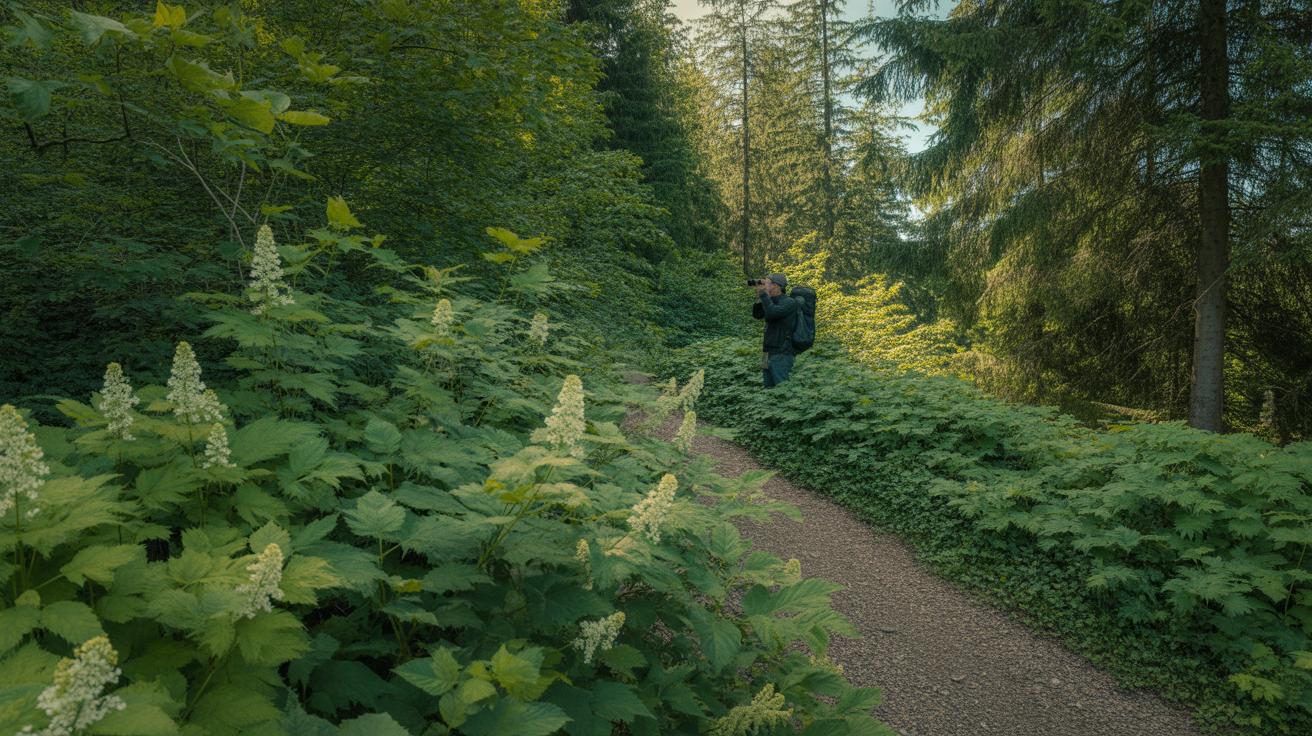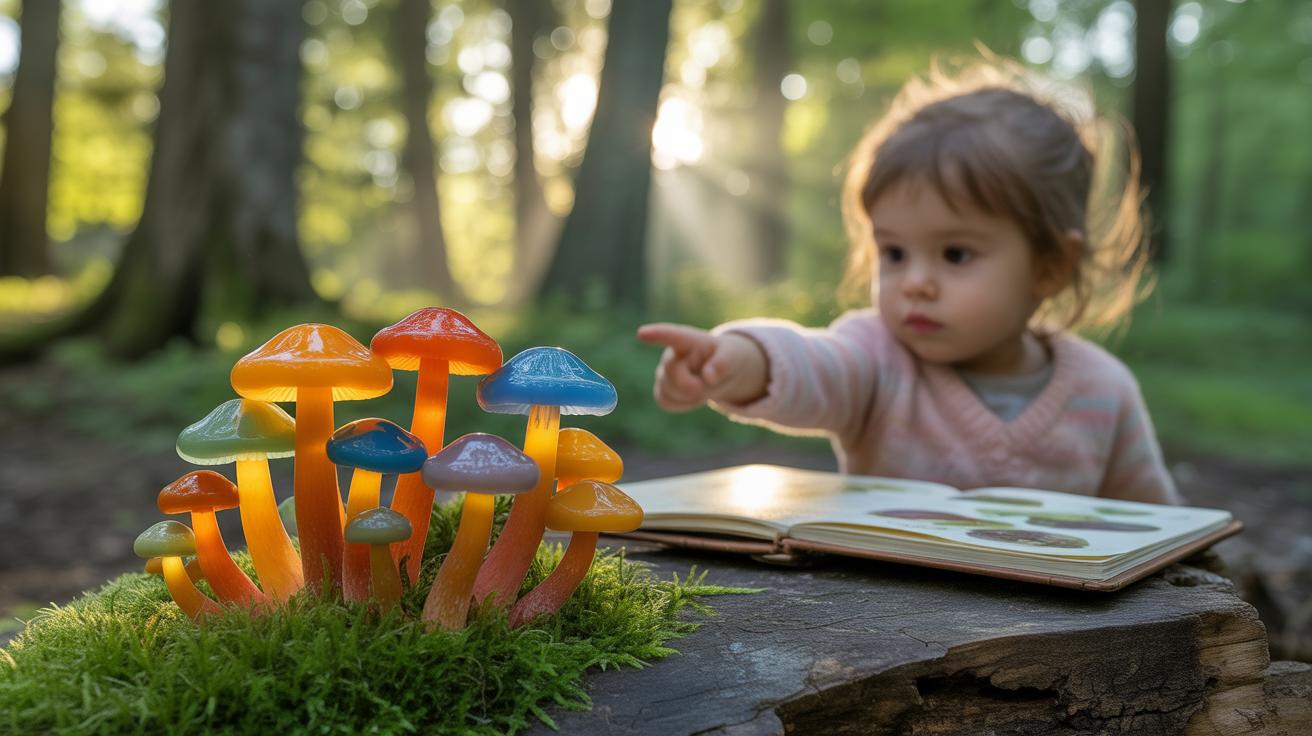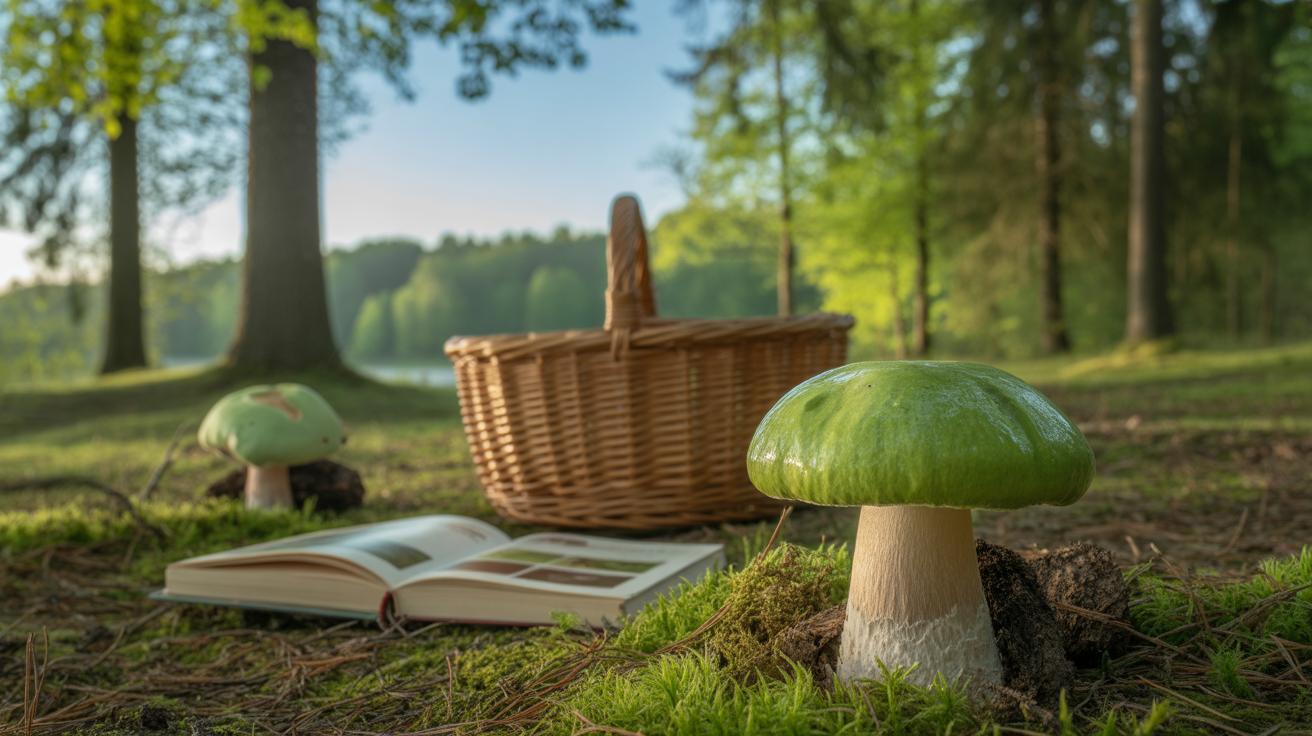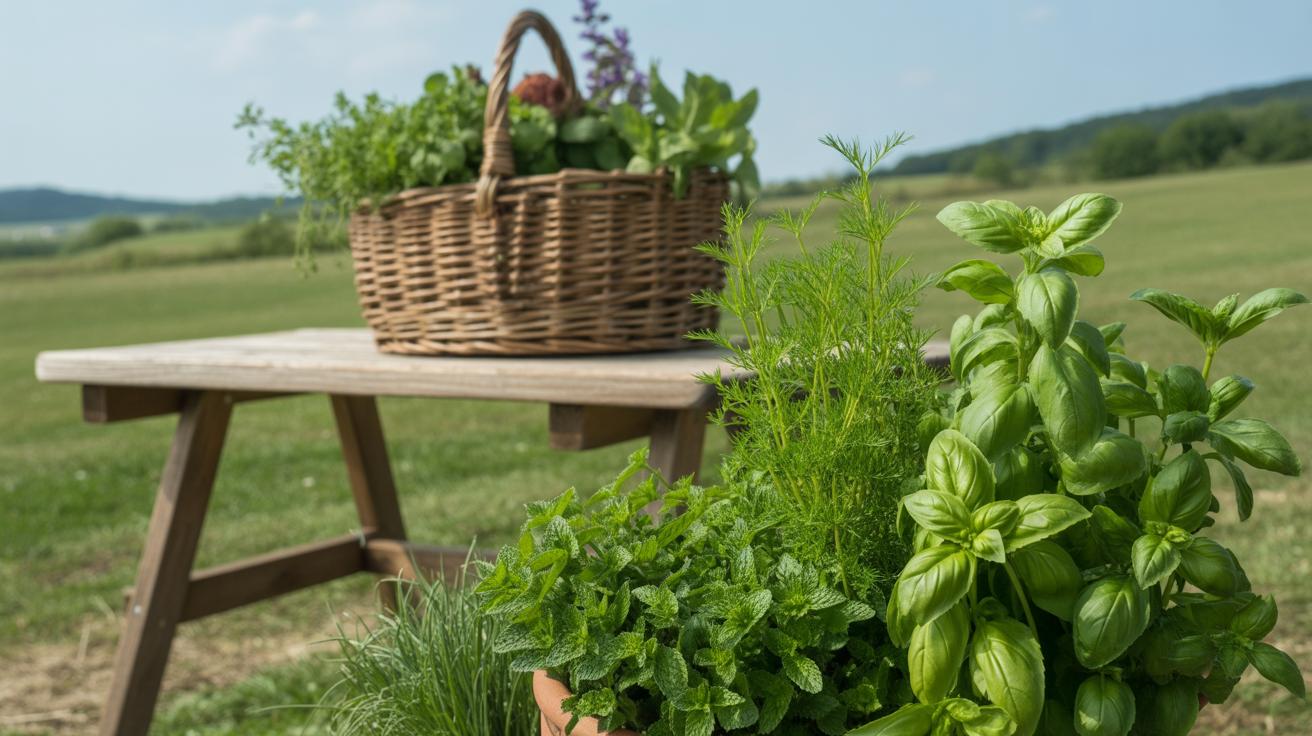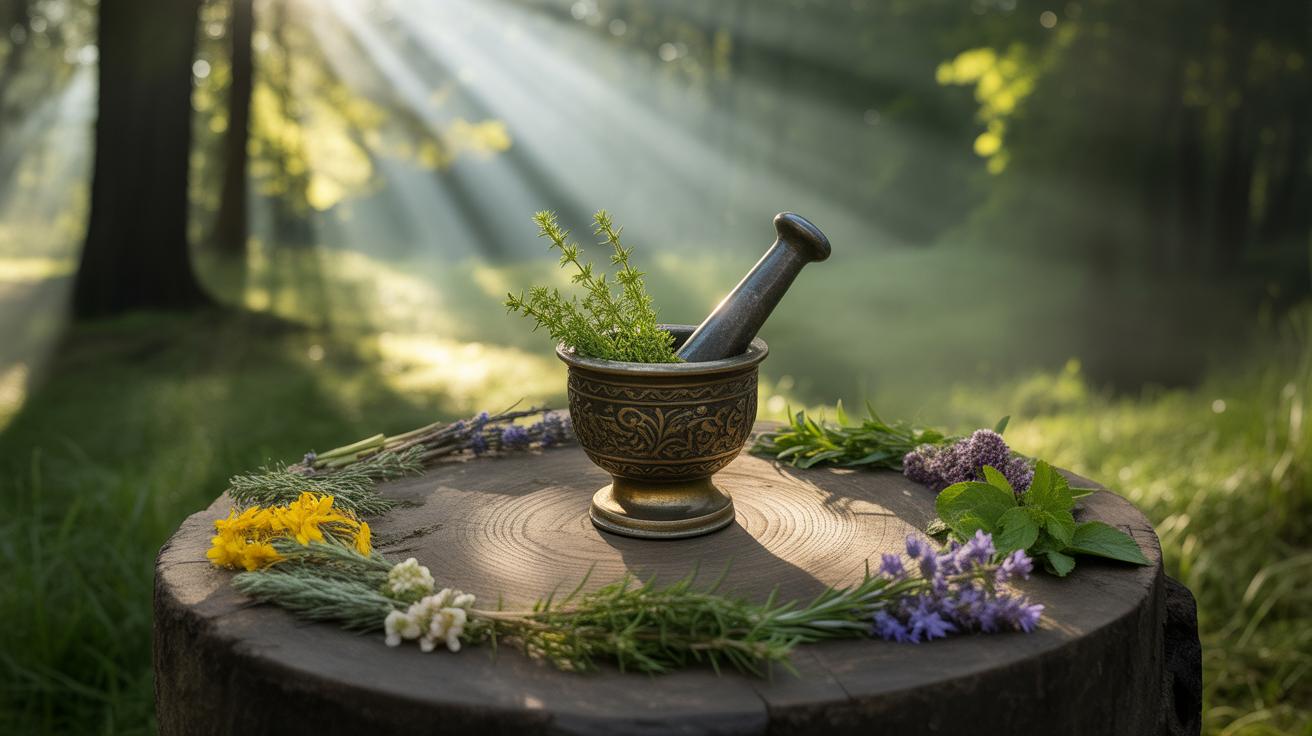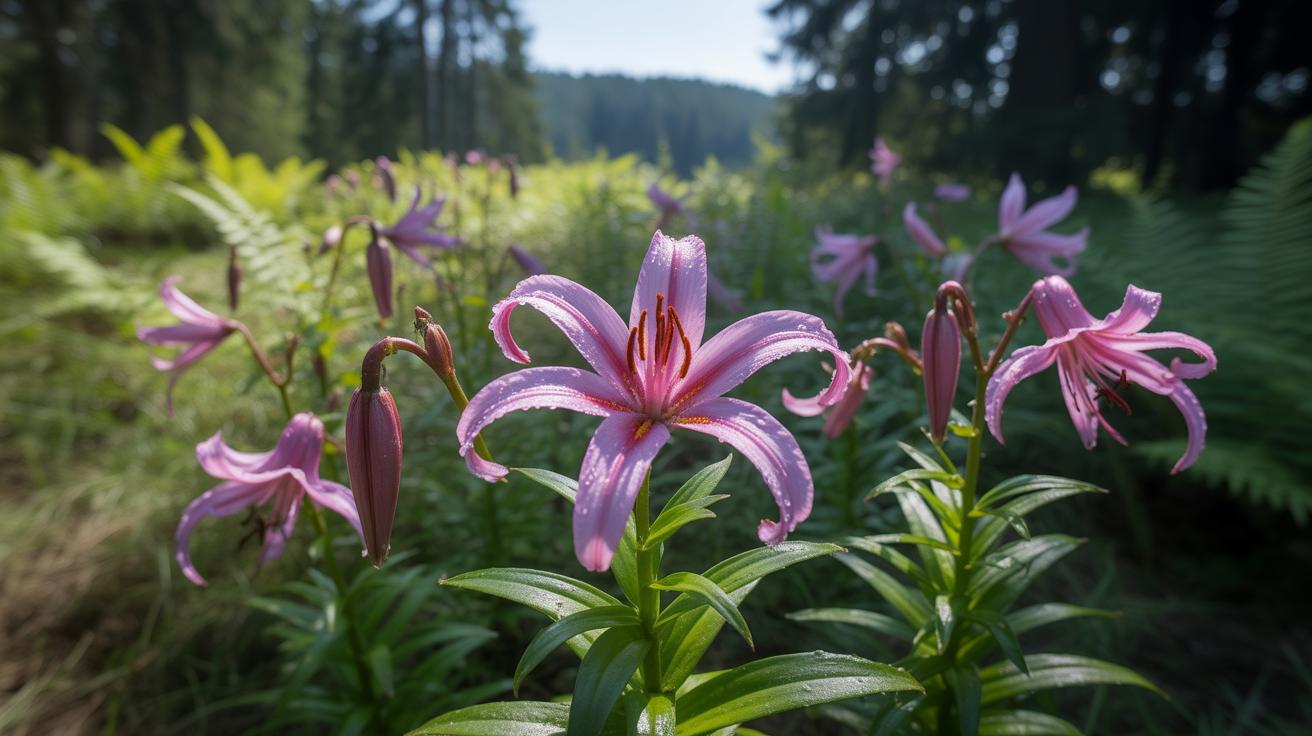Introduction
Recognizing hazardous poisonous plants on hiking trails is crucial for every outdoor enthusiast. Hiking offers a wonderful way to connect with nature, but it also comes with risks. Among those risks are poisonous plants that can cause skin rashes, breathing problems, or worse if touched or ingested. Understanding how to spot these plants can keep you safe and comfortable during your hikes.
This article explores the essential knowledge you need to identify common poisonous plants. It also covers symptoms of exposure, safety tips to avoid contact, and what to do if you or someone in your group comes into contact with these plants. Being informed helps you enjoy your adventures without unnecessary health risks.
How to Identify Poisonous Plants on Trails
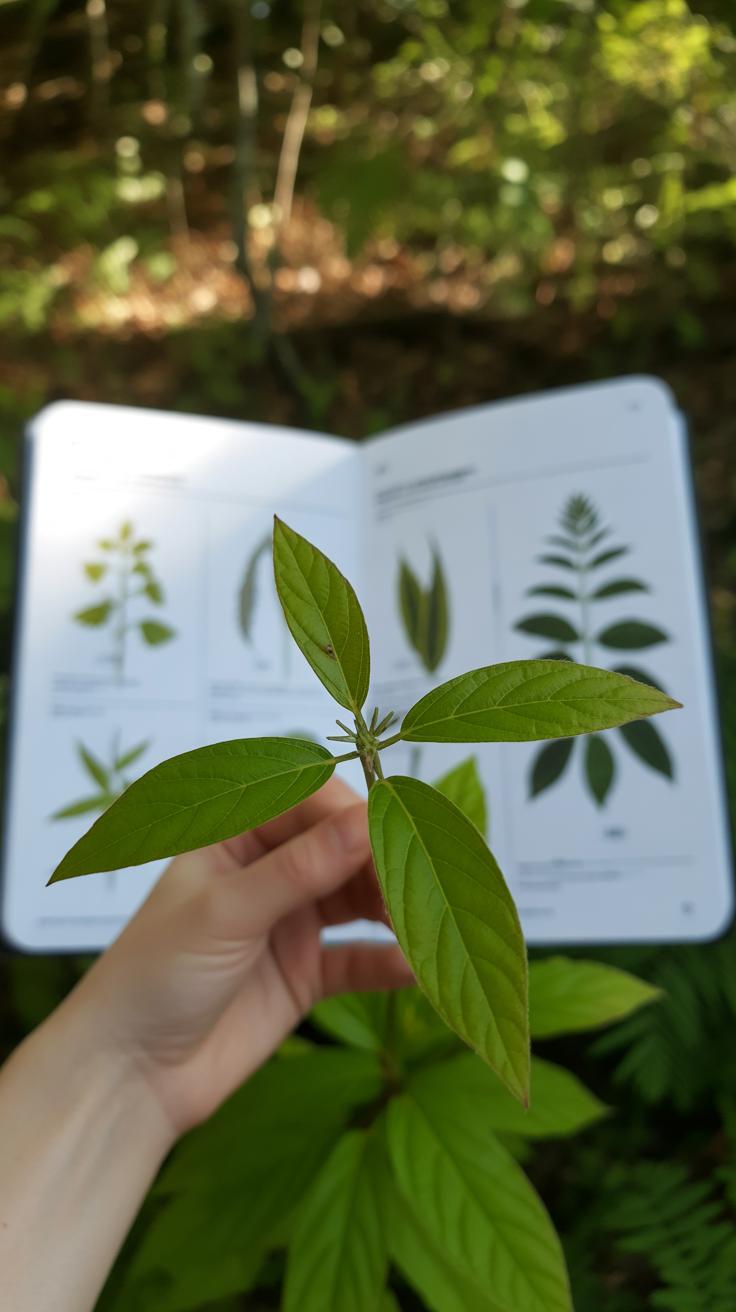
When you’re out hiking, it’s easy to overlook plants, but some deserve your close attention. Poisonous plants often have subtle yet distinct features—things like leaf shape, color, or even smell—that separate them from harmless greenery around them.
For example, many toxic plants have irregular leaf shapes—uneven edges or pointed tips. Take poison sumac: its leaves are smooth but arranged in clusters of seven to thirteen leaflets, which is unusual compared to most safe plants in the area.
Color also helps. Some poisonous plants like spotted deadnettle show reddish or purple spots on their leaves, which might look like damage but are not.
Don’t forget smell. Some toxic plants, such as poison hemlock, have a musty or unpleasant odor when crushed, unlike their safe doppelgängers.
Growth patterns matter too. Vines that climb trees or bushes can be suspicious, especially if their leaves seem to grow irregularly or cluster in threes or fives.
So when you see unfamiliar plants, check how they grow and if they have these signs. It’s rarely just one feature but a combination that raises a red flag.
Common Traits of Poisonous Plants
Several physical traits recur among poisonous plants. They often have:
- Spots: Leaf or stem spots, sometimes red, black, or purple.
- Hairs: Fine hairs on the leaves or stems that can irritate skin on contact.
- Vines or climbing habits: Many toxic plants use other vegetation for support.
- Shiny or oily leaf surfaces: A greasy sheen can mean harmful oils are present.
For example, poison oak’s leaves have a waxy surface and soft hairs, making skin contact a risk even if you don’t immediately notice the plant.
Sometimes, these traits appear in harmless plants, but if you find a plant combining spots, hairy stems, and vine structures, it’s better to stay clear.
Spotting the Differences Between Similar Plants
Some poisonous plants look like safe ones, which can be tricky. Take poison hemlock and wild carrot—they’re close in appearance but not the same.
- Poison hemlock has smooth purple-spotted stems, a foul smell, and finely divided leaves resembling parsley.
- Wild carrot (queen anne’s lace) has hairy stems without spots and a sweet carrot-like smell.
It might seem confusing at first, but focusing on stem texture and smell usually helps. If you’re unsure, avoidance is smart.
Do you know what your gut says when you spot a plant that’s “off”? Trust it. Better to slow down and examine before moving along. Learning these subtle differences can make hiking much safer.
Recognizing Poison Ivy and Its Relatives
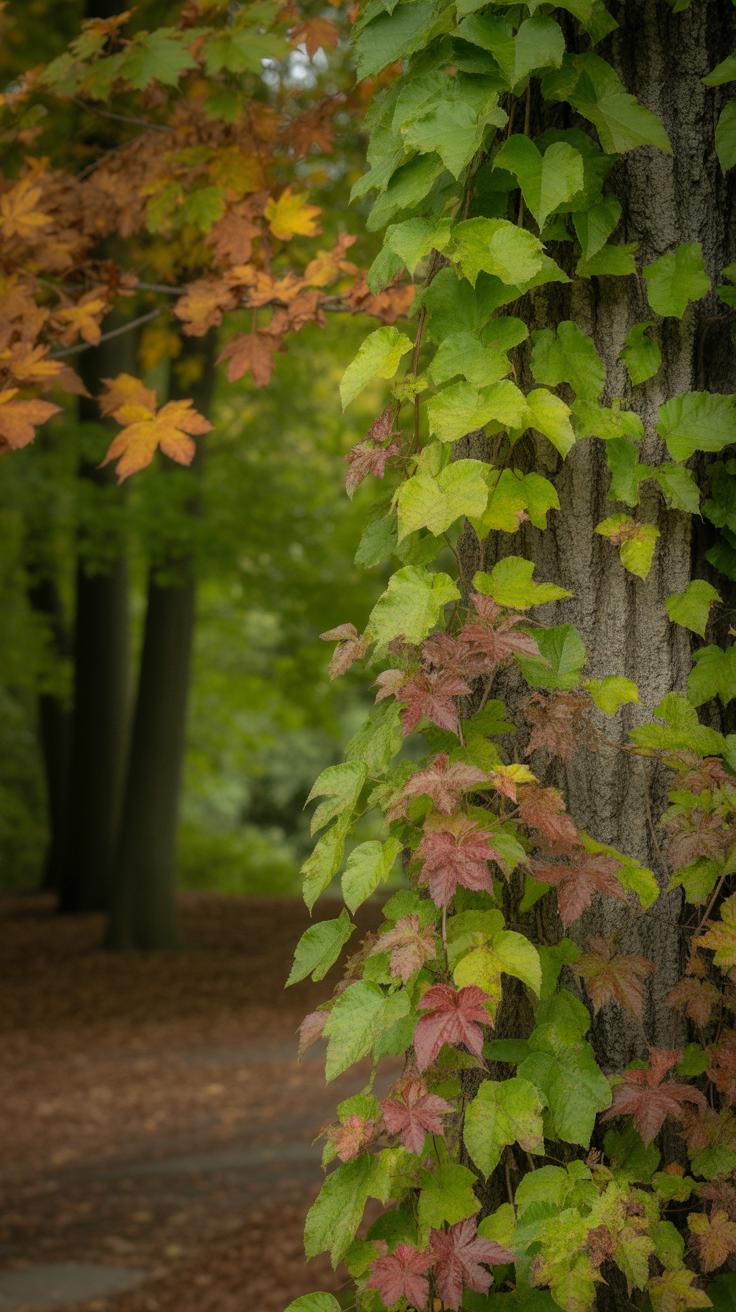
Poison Ivy Characteristics
Poison ivy is famous for the phrase “leaves of three,” a quick way to spot it when you’re out on the trail. Typically, you’ll find its leaves grouped in sets of three leaflets, though sometimes the middle one looks a bit larger or longer than the side ones. These leaflets often have smooth or slightly toothed edges, and you might notice a shiny or waxy surface on them, especially after rain.
It grows in a few ways: as low-lying shrubs, ground cover, or climbing vines wrapping around trees and posts. I’ve seen it climb fences and even twist around wooden trail signs. Early in the season, poison ivy’s leaves are bright green; come fall, they turn shades of red, orange, or yellow, making it a colorful — if unwelcome — sight.
How Poison Ivy Causes Skin Irritation
The skin reaction is due to an oily chemical called urushiol. This sticky oil lives in the leaves, stems, and roots. When it brushes against your skin, it triggers an allergic reaction. The rash usually shows up one to two days later, with itching, redness, and sometimes blisters. It’s not contagious in the sense of spreading from person to person, but urushiol can linger on clothes, shoes, or even your pet’s fur, causing indirect contact.
Many people underestimate how potent urushiol is. You don’t need to rub the plant to get a rash; even a light brush or touching something the plant touched can cause irritation. Personally, I’ve gotten it just by brushing my backpack against a vine, and the itching lasted for weeks. It’s frustrating how invisible and sneaky poison ivy can be, but knowing its look and habits makes a difference in avoiding it on trails.
Understanding Poison Hemlock and Similar Threats
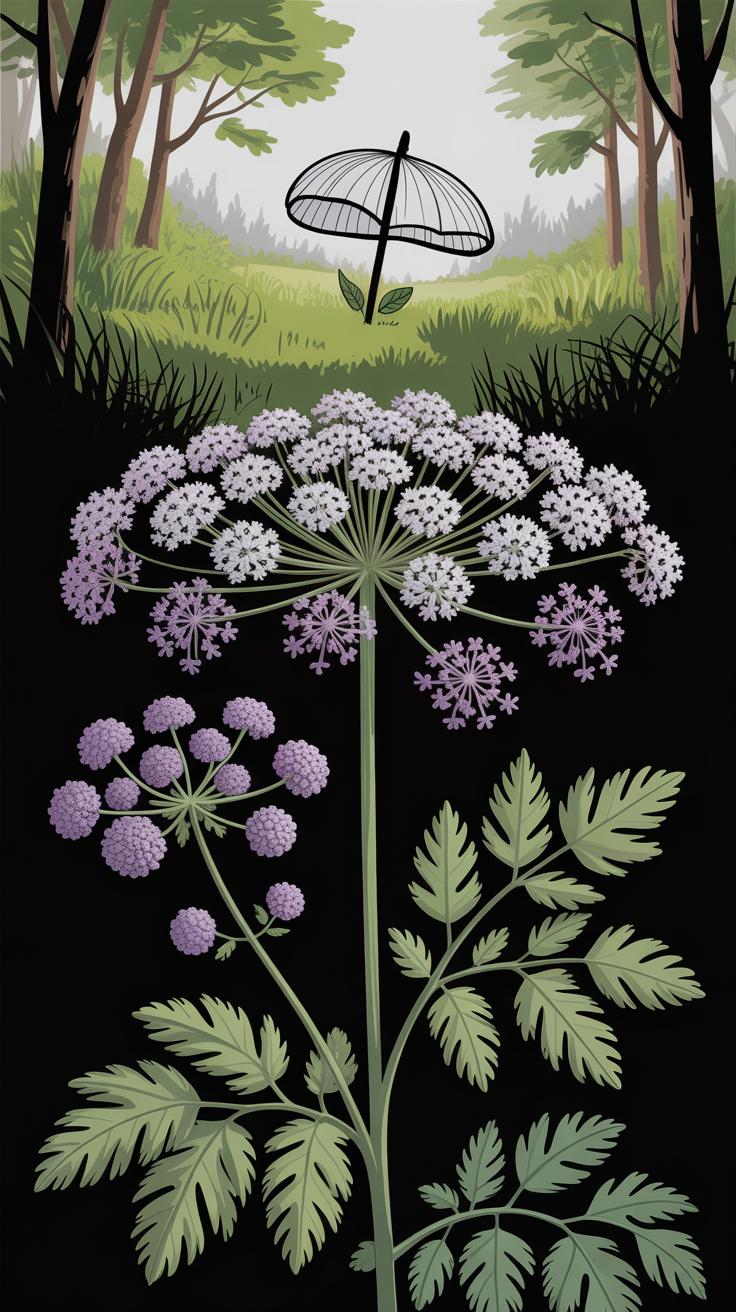
Appearance and Growth Patterns
Poison hemlock often stands out because of its unique look, but if you’re not paying close attention, it can easily be confused with harmless plants. It can grow quite tall—sometimes reaching up to 8 feet—and typically has hollow, hairless stems marked with irregular purple or reddish spots and streaks. That spotted stem is a key feature, but honestly, it can be faint, so don’t rely on it alone. The leaves are fern-like and lacy, resembling parsley or carrot tops, which sometimes misleads hikers.
Another characteristic is the tiny white flowers clustered in umbrella-shaped bunches, called umbels. These usually bloom from late spring to early summer. Seeing those clusters can help you spot the plant at a distance, but of course, many other plants share this pattern. It grows mostly in damp environments—stream edges, ditches, or fields—places where you might not expect danger but should remain cautious anyway.
Risks Associated with Poison Hemlock
What makes poison hemlock particularly dangerous isn’t just its appearance but the toxins it carries—particularly coniine and gamma-coniceine. These alkaloids disrupt the nervous system, causing paralysis pretty quickly if ingested. I remember hearing about cases where people picked it thinking it was wild parsley or fennel, then suffered serious poisoning. The symptoms can start subtly, with nausea, dizziness, or a burning in the mouth, but they escalate rapidly—muscle weakness, trembling, difficulty breathing.
Touching the plant usually isn’t fatal, but it can cause skin irritation for some people, though that’s less common than with poison ivy. Still, any exposure should be handled carefully. Unlike poison ivy, which irritates the skin externally, poison hemlock’s real threat lies in ingestion or inhaling dust from dried plants. It’s this internal poisoning that makes it much more dangerous than its look-alikes, which might only cause mild irritation. You might wonder how often one would accidentally eat it—well, it happens enough that hikers and foragers need to recognize it well.
So, when you see a tall, spotted-stemmed plant with umbrella-like white flowers in wet areas, pause and think. Is this poison hemlock? Better to avoid it completely than guess wrong. Even if you’re certain about an identification, err on the side of caution—this plant isn’t worth risking. After all, the risk isn’t just for you; pets and kids are even more vulnerable.
Other Dangerous Plants You May Encounter
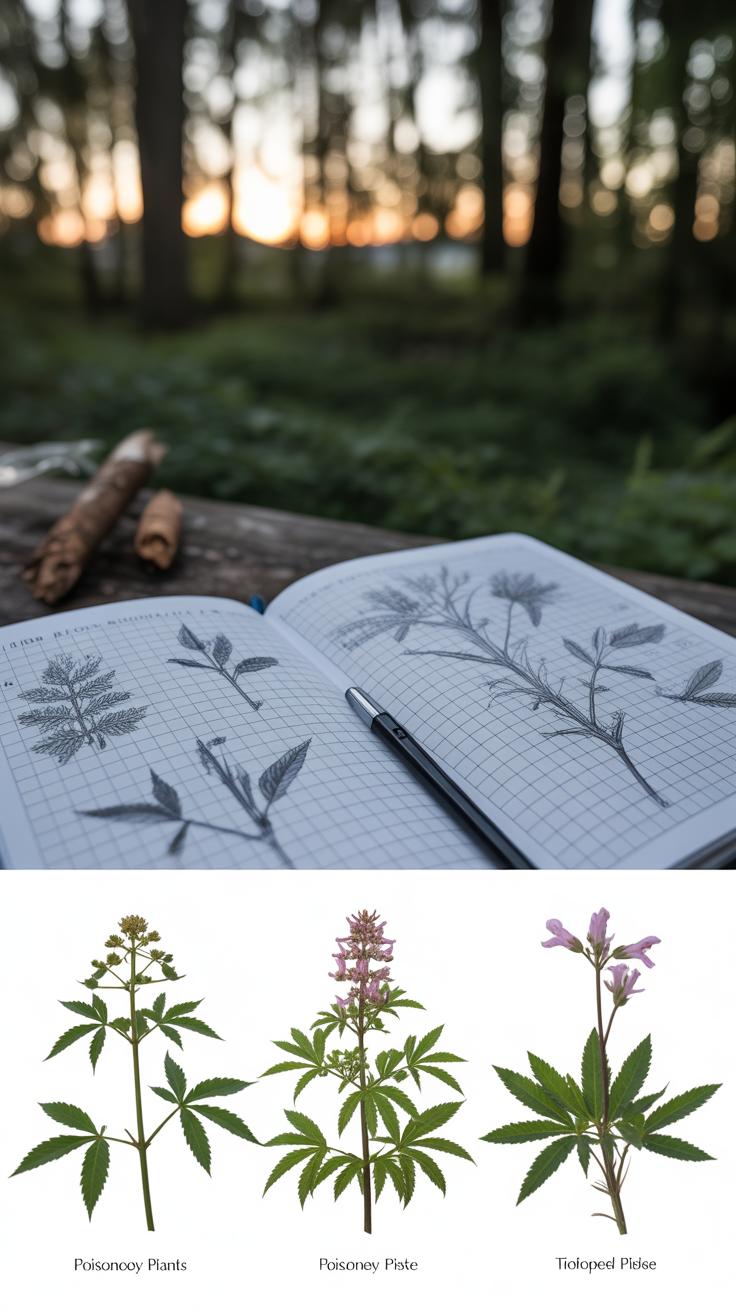
Not all poisonous plants are as famous as poison hemlock, but they can still cause serious problems if you’re not careful. Take death camas, for instance. It looks a bit like wild onions or lilies with its pale flowers, but every part of it contains toxins that can disturb your nervous system and even cause death if ingested. I remember once reading a story about a hiker who mistook it for edible bulbs—an easy mistake, but a risky one.
Poison oak is another plant you’re likely to cross paths with on many trails. Its leaves usually come in groups of three, which some people find handy to remember, but the irritation it causes can vary with each person. The plant releases an oil that triggers itching, redness, and blistering—sometimes lasting weeks. It sneaks up quietly, so it pays to know what it looks like.
Wild parsnip might not seem dangerous at first glance—tall stalks with yellow flowers—but touching its sap is a different story. The sap can cause skin to become extremely sensitive to sunlight, leading to painful burns and blisters. It’s less talked about, but definitely worth watching out for.
Overview of Additional Poisonous Plants
- Jimsonweed: Large, trumpet-shaped flowers and spiky seed pods. It contains toxins affecting the nervous system.
- Stinging nettle: Tiny hairs that inject irritants cause sharp stings and rash upon contact.
- Giant hogweed: Very tall with white flower clusters; its sap can cause severe skin burns and blindness.
- Western water hemlock: Found near water, it’s one of the most poisonous plants in North America.
These plants vary widely, and you may encounter them depending on your hiking region. Some are more obvious, others less so. It’s tricky because plants don’t wear signs.
How to Stay Alert
Developing a cautious eye helps you spot potentially dangerous plants early. Try to learn the key features of local toxic plants before a hike. When on the trail, avoid touching unfamiliar plants, even if they look harmless. Watch for warnings in trail guides; sometimes brief descriptions can save trouble.
Also, consider wearing long sleeves and pants as a simple barrier. If you suspect you’ve brushed against something suspicious, wash exposed skin promptly. You might think you’ll never get fooled by a poisonous plant, but nature doesn’t always play fair. Staying alert means respecting what you don’t know as much as what you do.
Symptoms of Poisonous Plant Exposure
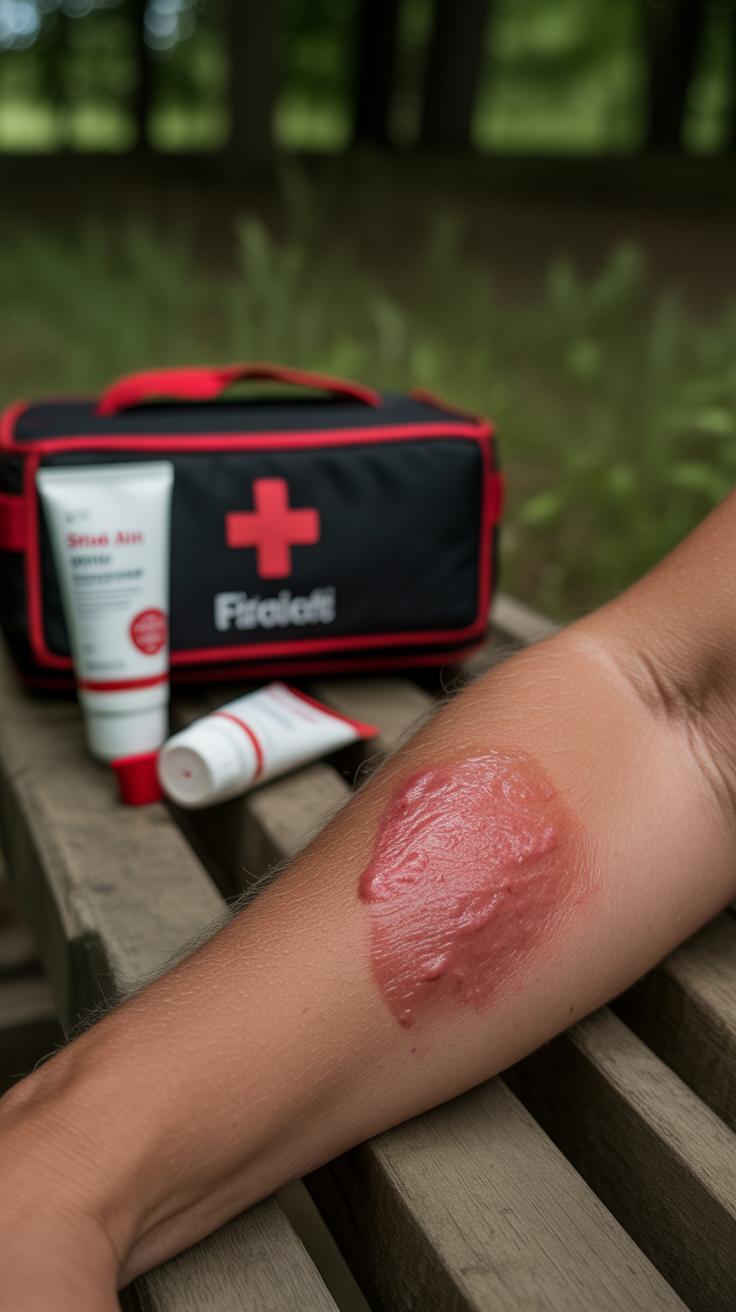
When you come into contact with poisonous plants, your body can react in various ways. The most common symptoms are skin-related, like itching, redness, and swelling. Sometimes, you’ll notice rashes that look blotchy or streaky, often appearing a day or two after exposure. Blisters might develop, which can be painful and might ooze fluid. I once had a mild case after brushing against poison ivy—felt like a small fire burning for days.
Skin symptoms usually start as slight irritation but can spread or worsen if scratched. The plant’s toxins trigger your immune system, making areas swell or turn warm. Allergic reactions vary—what’s mild for one person may be severe for another, and you might not even realize you’re sensitive until it’s too late.
There are times when exposure can lead to severe reactions, though. Watch out for anything beyond skin issues—like difficulty breathing, dizziness, or nausea. These signs suggest the toxin is affecting more than just your skin. If you notice your throat tightening or wheezing, get help immediately. Poisoning symptoms can crop up unexpectedly, so when in doubt, it’s better to err on the side of caution.
Preventative Measures to Avoid Contact
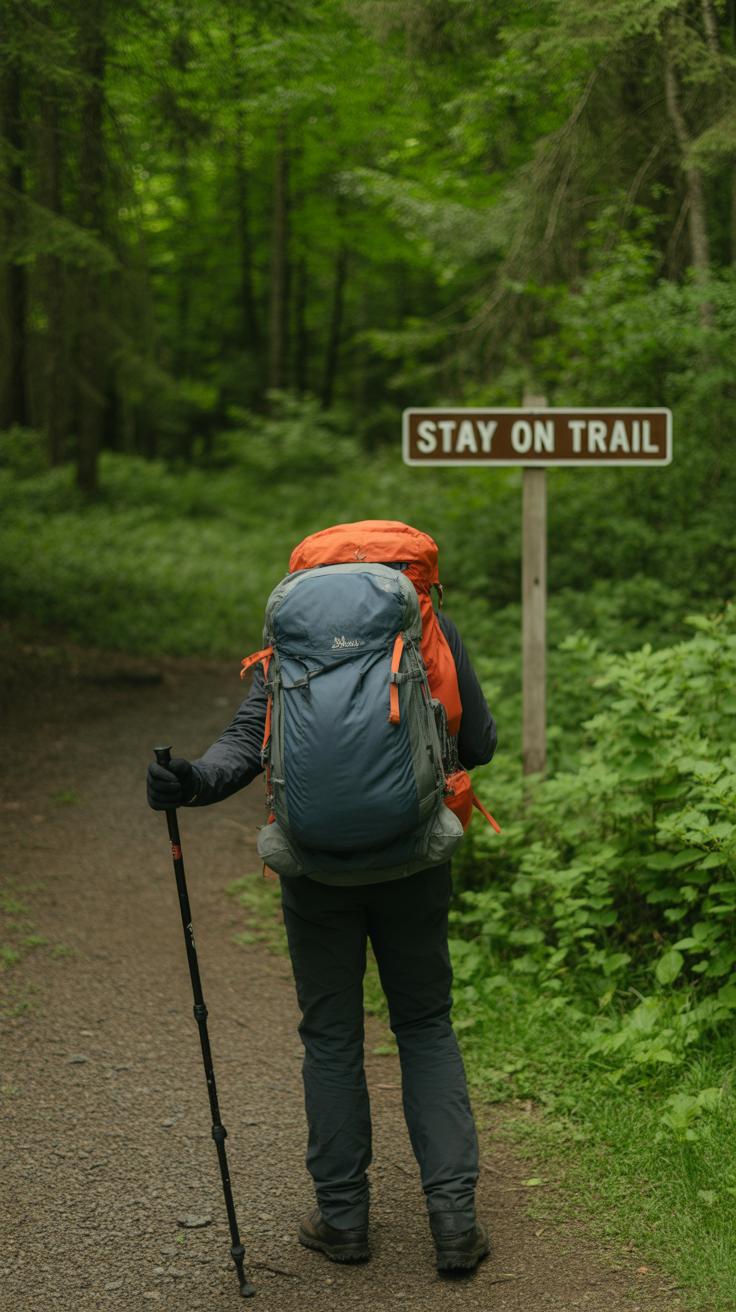
When you’re out on a trail, avoiding poisonous plants mostly comes down to being careful about what you touch and where you step. Wearing protective clothing is more than just for comfort—it actually creates a barrier against those irritating oils and toxins. Think long sleeves, gloves, and boots, especially if you’re hiking through thick brush or areas known for poison ivy or oak.
Gloves can stop you from brushing against leaves, while boots keep sensitive skin safe from plants on the ground. I’ve found that lightweight but durable gloves work well without making your hands sweat too much—a detail that might seem minor, but it really helps you stick with it.
Staying on the marked trails isn’t just about protecting nature. It also helps keep you away from unfamiliar and potentially toxic plants hanging just off the path. Kids, in particular, need reminders here. I think teaching them early about not touching plants—even the ones that look harmless—can save a lot of trouble later.
Don’t forget to check your gear and clothing before heading home. Leaves or sap could cling to your shoes or jacket without you realizing it. This kind of second look might seem tedious but can prevent exposure that would show up after your hike, when you’re already relaxing at home.
What to Do if You Come in Contact with Poisonous Plants
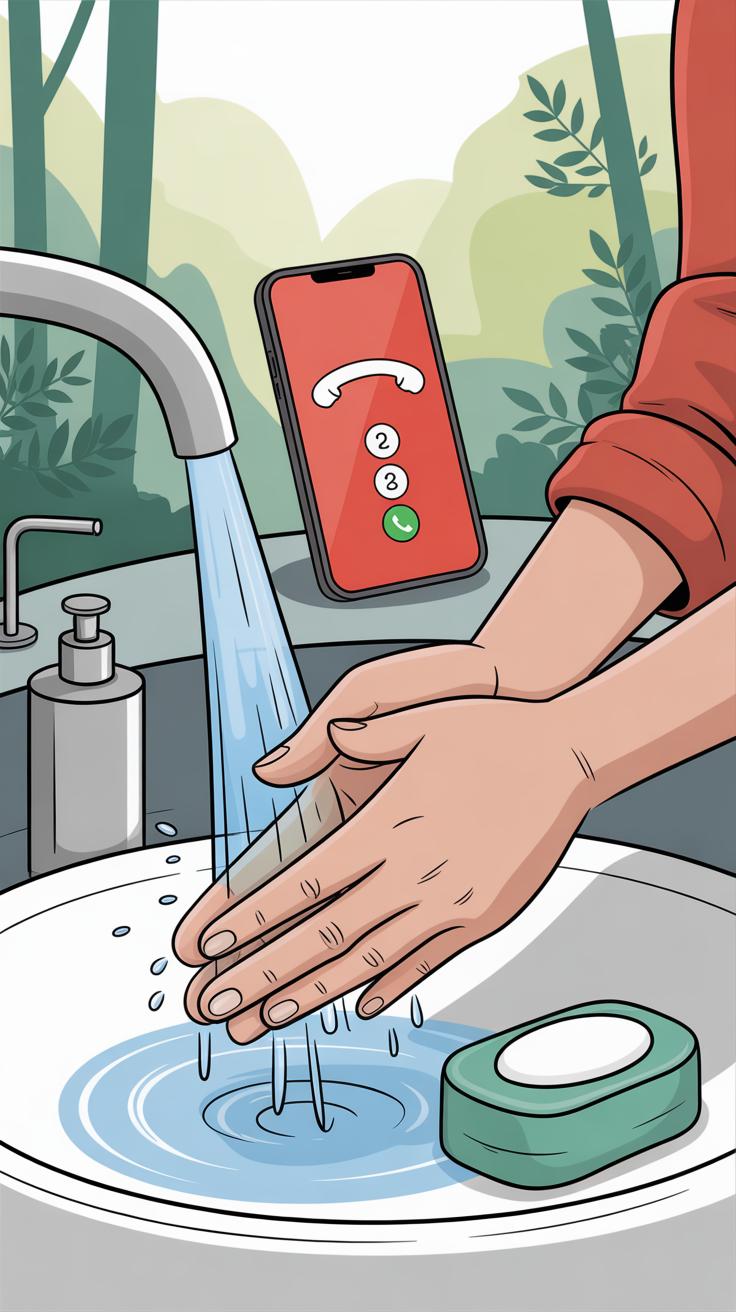
If you suspect you’ve touched a poisonous plant, quick action can make a big difference. First, try to wash the area with lukewarm water and soap as soon as possible. This helps remove the plant oils that cause irritation. Don’t wait—it’s surprising how a brief delay can worsen the reaction. Remember, rubbing or scratching the skin might feel instinctive but it often spreads the irritant further and makes things worse. Resist the urge, even if it itches terribly.
Take off any clothes or gear that might have come into contact with the plant. Those oils can stick around and cause delayed irritation. Washing those items separately will prevent re-exposure. You might overlook this step, but it really helps reduce prolonged discomfort.
Immediate First Aid Steps
- Rinse skin thoroughly with cool or lukewarm water and mild soap as soon as possible.
- Avoid scratching the affected area to prevent spreading oils or infection.
- Remove any contaminated clothing, gloves, or jewelry and wash them carefully.
- Pat the skin dry gently—don’t rub to avoid irritation.
- Apply a cool compress to soothe itching and reduce swelling.
- Use over-the-counter treatments like calamine lotion or hydrocortisone cream if needed.
When to Get Medical Help
Sometimes the reaction goes beyond minor itching or redness. If you notice intense swelling, spreading rash, or blisters, getting medical advice is wise. Also, seek help if the rash is near your eyes, mouth, or genitals, where sensitive skin can lead to serious complications. Difficulty breathing, dizziness, or swelling of the face and throat means immediate emergency care is necessary—don’t hesitate.
Have you ever wondered if a reaction that seems mild might suddenly worsen? It can happen. If the rash doesn’t improve after a few days or worsens despite home care, a doctor can prescribe treatments to calm the reaction more effectively. Trust your gut—sometimes, an extra check-up brings peace of mind.
Learning and Sharing Knowledge About Poisonous Plants
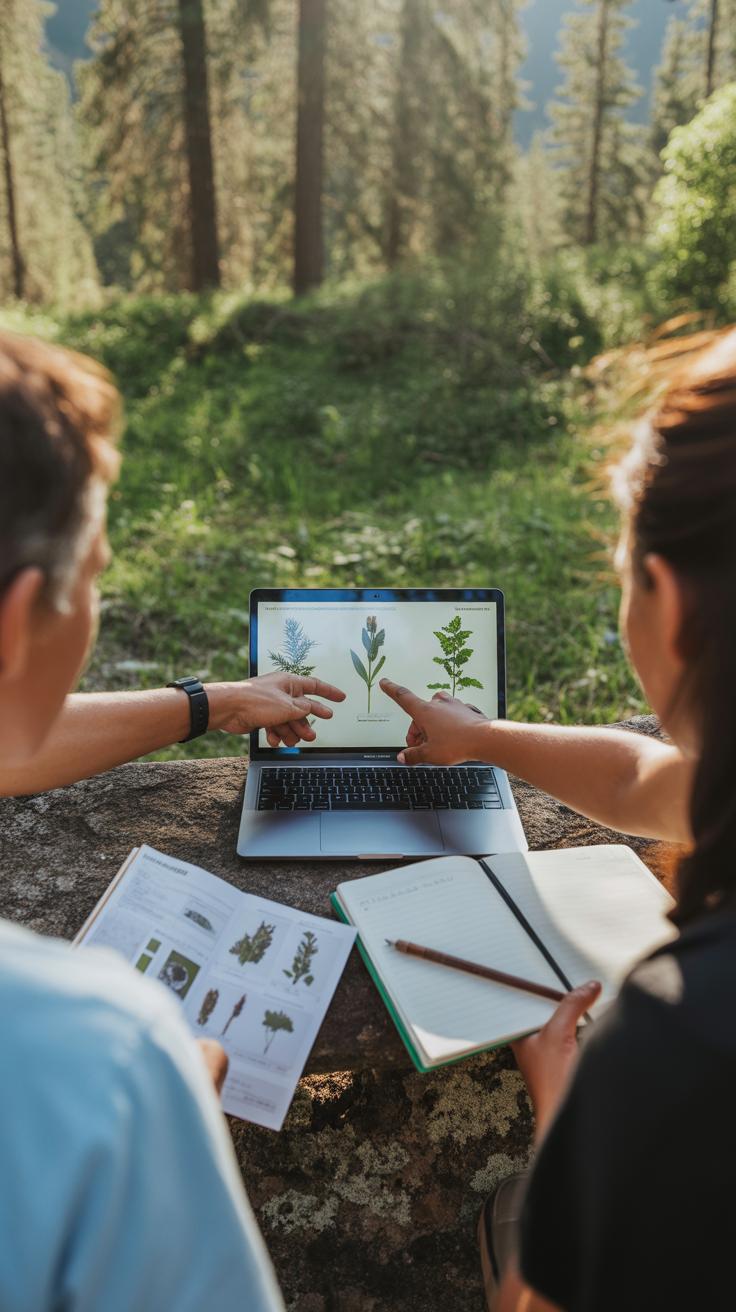
Knowing which plants are dangerous is rarely a one-time thing. You might recognize poison ivy on your first hikes, but what about lesser-known plants? Keeping your knowledge fresh helps you spot risks before they become problems. Field guides can be a solid starting point. A worn paper guide in your pack still beats relying only on memory—sometimes the pictures make all the difference.
Apps offer a different kind of help. Some let you take a photo and compare it instantly to a database. Those tools can be handy, but they’re not perfect—sometimes they get confused by similar-looking safe plants. Cross-checking app results with a trusted guide or website brings more confidence.
Sharing what you learn is where things get interesting. When you talk with hiking buddies about local poisonous plants or even run a casual mini-workshop, everyone becomes safer. Imagine if a few people in your hiking group knew how to spot and avoid a tricky species that causes rashes—perhaps you’d avoid that itchy trip altogether.
- Use detailed field guides designed for your region.
- Try plant identification apps, but verify results carefully.
- Bookmark reliable websites from local conservation groups or universities.
- Discuss poisonous plants during group hikes or meetups.
- Encourage others to share their own experiences and photos.
Have you ever hesitated to ask about a plant you weren’t sure of? Speaking up might prevent an accident. Teaching others also means you stay alert yourself. Sometimes I’ve found that explaining something in simple terms makes me notice details I missed before. So, it’s a kind of shared vigilance that keeps the whole community safer out there on the trail.
Conclusions
Poisonous plants are common along many hiking trails, but you can protect yourself by learning how to recognize their features. Basic knowledge about plants like poison ivy, poison hemlock, and others can prevent uncomfortable or dangerous reactions. Always stay observant and avoid touching unknown plants.
If you suspect exposure, quick action can reduce symptoms and complications. Wash the affected area with soap and water and seek medical help if needed. With cautious behavior and awareness, you can safely enjoy the outdoors and avoid the hazards of poisonous plants.


